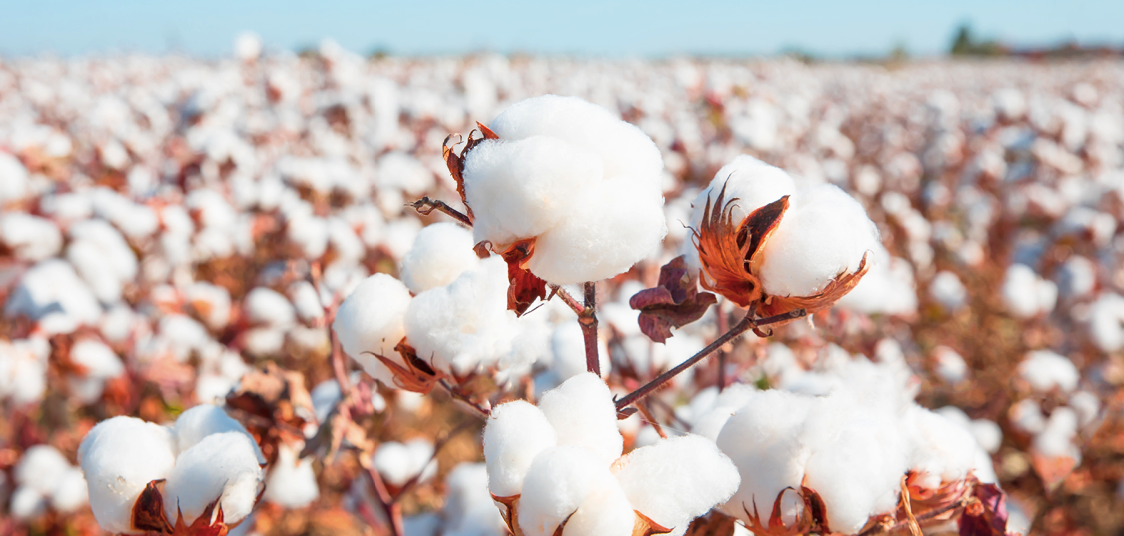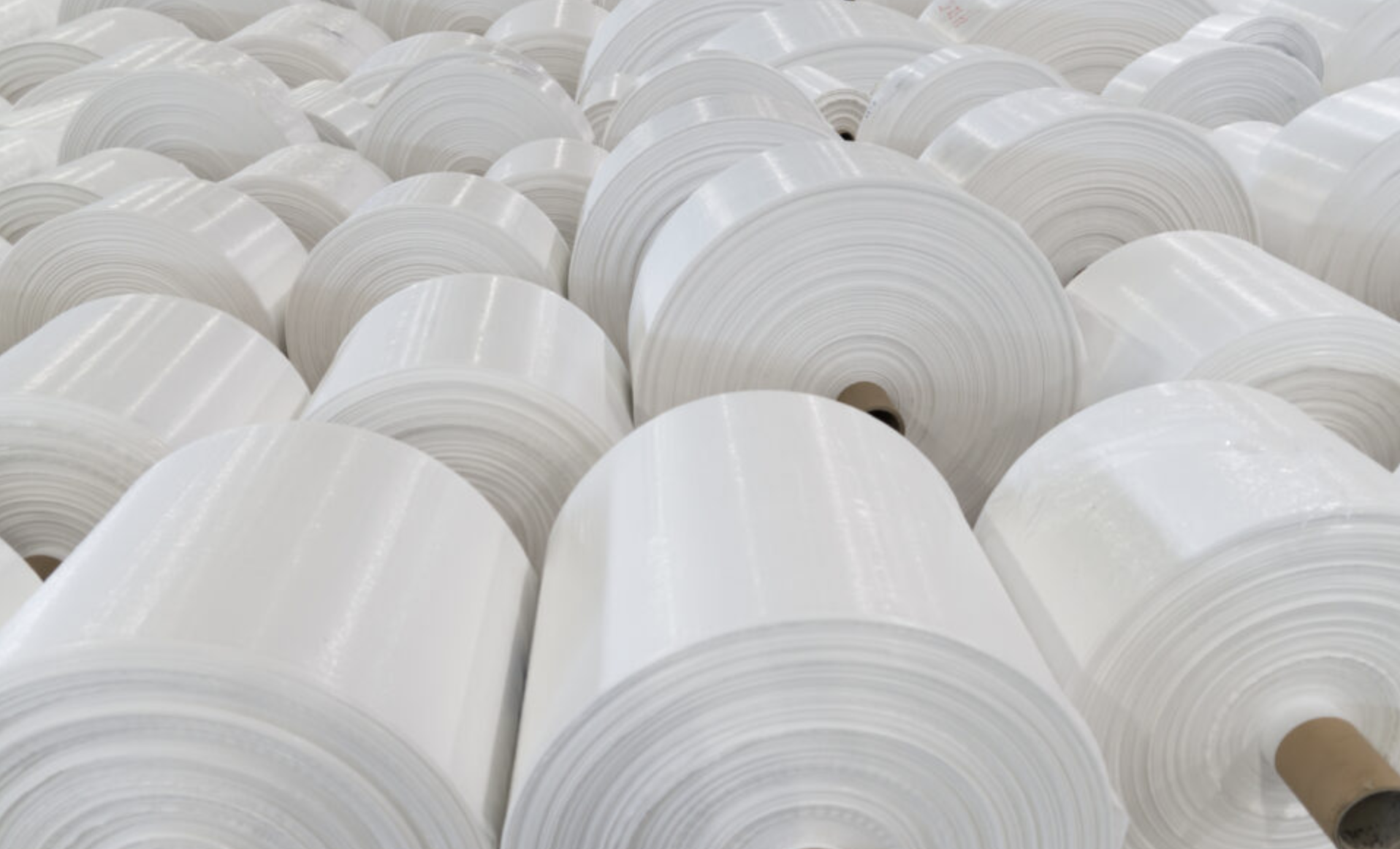How is Cotton Made?
Cotton cloth was first used in Mexico around 5000 BC. In today’s world, India and China are one of the leading producers of cotton. As at their cotton production account for about 32.6% of the total’s market share. The process of making cotton is not lengthy, and neither is it complicated. It includes harvesting cotton fibre, spinning a yarn and then the fabric is made. With that said, below is a quick guide of how cotton is made.
Harvesting
Cotton planting season starts in autumn, and the harvesting is done in late spring when the climate is hot and arid. Cotton does best in well-drained loam soils that have adequate organic matter and just enough phosphorus and nitrogen. Moreover, they need temperatures between 18 degrees Celsius and 30 degrees Celsius with ample sunshine.
There are different types of cotton which yield different types of fabric. The types include:
- Pima cotton – the products of this cotton are extra strong and soft. They have a luxurious feel and are resistant to pilling, tearing, fraying, fading, and wrinkling.
- Upland cotton – used to make average quality clothes and products that everyone can afford
- Egyptian cotton – this cotton stands out because of its softness, performance, and vibrancy. It is grown in the Nile River Valley
- Acala cotton – this cotton is only produced in California. It is one of the highest quality cottons, and its products are more expensive than those of uplands cotton.
Now, cotton grows in fluffy balls, commonly known as bolls. When harvesting, farmers pick each boll using a stripper harvester and a spindle picker.
Why not also read: Facts about cotton
Fibres
Once the harvesting is done, the cotton fibres are separated from dirt, seeds, and other debris through an intricate process called ginning. In this process, two kinds of cotton gins are used. They include saw and roller gin. The saw gin has a circular blade which grabs the fibres and pulls them through a mesh that’s too tiny for debris and seeds to go through.
On the other hand, a roller gin makes use of a leather roller. The roller pulls cotton fibres through the blade that has narrow teeth and filters dirt and seeds as well. Once this process is done, the fibres are squeezed and pressed into huge manageable bales.
Spinning the yarn
The bales formed in the previous stage are transported to spinning plants where they are opened and separated based on their quality. The cotton is passed through carding machines for straightening. This process causes the fibres to lie flat parallel to each other. After, they are bleached using hypochlorite or peroxide before spinning.
The spinning machines first condense the fibres and roll them into a long strand. It is these strands that are then twisted into yarn. This is how we make our cotton bags.
Weaving
In the 21st century, there are numerous ways in which cotton is weaved. However, the most common ones are twill and basic weave. In the basic weave, the cotton yarns are strung vertically as a shuttle weaves another yarn through horizontally. On the other hand, a twill weave is more detailed and complicated because weft yarn is passed through thrice to make diagonal patterns. The common basic weaved fabrics are organdy and muslin, and the common twills include khaki and denim.
The process above is simplified for a better understanding. However, the processes are intricate and can get complicated, especially with the addition of new technology in the industry.





